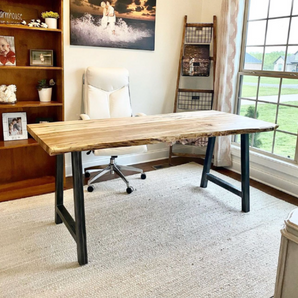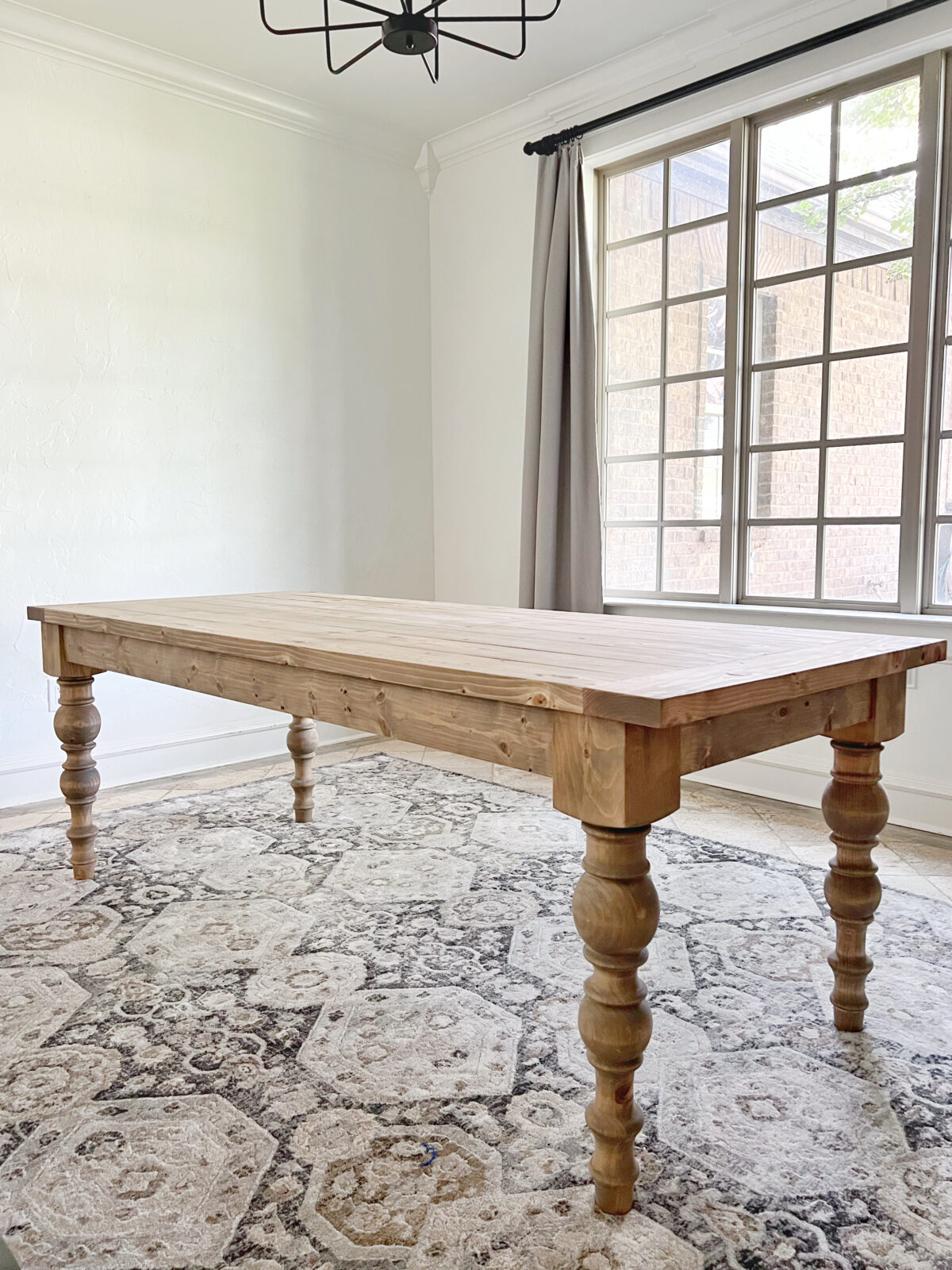Dining Room Table Legs: What to Consider Before You Acquire
Dining Room Table Legs: What to Consider Before You Acquire
Blog Article
A Detailed Take A Look At Table Leg Styles: Finding the Ideal Suit
Choosing the appropriate dining table leg design is important for both aesthetic allure and useful capability. For those with larger tables, trestle legs make sure sturdy support, whereas barrette legs introduce a mid-century modern-day vibe with their minimalist style. The x-shaped legs mix contemporary design with enhanced stability.
Standard 4 Legs
Amongst the various sorts of table leg styles, the conventional four-leg style continues to be a timeless choice for lots of houses. This timeless configuration offers a harmonious blend of capability and appearances, making it a seasonal fave. Four legs offer balanced support, making sure the table stays steady and with the ability of birthing considerable weight. This is specifically useful for houses that regularly organize huge celebrations or use their table for several functions, such as work or crafting.
From a visual point of view, the traditional four-leg layout can be easily adjusted to different interior styles. Whether crafted from timber, metal, or a combination of products, these legs can be elaborately sculpted, sleek and minimalistic, or anything in between. Their versatility allows them to match both rustic and contemporary settings flawlessly.
Moreover, the straightforward structure of the four-leg design facilitates convenience of motion and positioning within a space. Unlike even more complicated bases, this design minimizes blockages, offering sufficient legroom for diners. In summary, the standard four-leg table leg design marries withstanding beauty with useful capability, making it a sharp option for those seeking both form and function in their eating furnishings.
Pedestal Base
Commonly celebrated for its elegant and space-efficient design, the stand base is a prominent option to the standard four-leg arrangement in table leg designs. This distinctive base commonly features a solitary main column sustaining the tabletop, which can vary in kind, from ornately sculpted timber to streamlined, modern-day steel. Among the primary benefits of the pedestal base is its capability to take full advantage of legroom and seating versatility. Without corner legs, diners are paid for greater liberty of activity, making it a perfect option for round and oval tables that advertise more intimate and inclusive gatherings.
The main column itself supplies a canvas for detailed styles and creative expressions, adding an element of visual interest underneath the table. In check here recap, the pedestal base integrates capability with design, making it a refined and useful choice for varied eating environments.
Trestle Legs
Trestle legs provide a robust and ageless foundation for dining tables, characterized by their straight cross-bracing and tough support light beams. Originating from medieval times, this design has actually progressed yet retained its necessary framework, making it a perennial favorite in both traditional and contemporary setups. The main trestle light beam, frequently supported by two or more upright posts, offers exceptional security, permitting larger table lengths without the demand for extra legs.
A considerable benefit of trestle leg tables is the enough legroom they provide. Unlike tables with 4 edge legs, the absence of blockages at the table's sides provides unobstructed area for chairs and restaurants, boosting comfort and accessibility. This makes trestle tables suitable for suiting bigger gatherings, whether in a dining area or a banquet hall.
From rustic farmhouse to streamlined contemporary styles, trestle legs can be tailored to match individual tastes. Their long-lasting charm and useful advantages make trestle legs a compelling choice for those seeking both style and practicality in their eating table.
Barrette Legs

The charm of barrette legs hinges on their simpleness and versatility - dining room table legs. Offered in a variety of materials, including steel and brass, they can be completed in countless colors to match various indoor designs. Whether coupled with a rustic wood table top or a modern glass surface, hairpin legs effortlessly mix capability with a touch of classic charm
Toughness is an additional look at this website notable attribute of barrette legs. Despite their delicate look, these legs are crafted to birth significant weight, making sure the table continues to be secure and secure. Additionally, they are relatively simple to install, making them a prominent option for do it yourself fanatics and specialist furnishings manufacturers alike.
X-Shaped Legs

Created from products such as steel, timber, or a mix of both, X-shaped legs can be tailored to match various design preferences. Steel legs commonly offer a sleek and industrial feel, suitable for loft-style apartment or condos and modern-day eating rooms.
Moreover, click here to read the engineering behind X-shaped legs makes certain even weight circulation, reducing the threat of wobbling and enhancing longevity. This makes them particularly appropriate for bigger table that need added support. Essentially, X-shaped legs blend functional design with contemporary looks, making them a classic selection for diverse dining environments.
Conclusion
A comprehensive understanding of eating table leg designs discloses the distinctive characteristics and benefits of each layout. Trestle legs make certain robust assistance for bigger tables, and hairpin legs introduce a mid-century modern visual.
Report this page